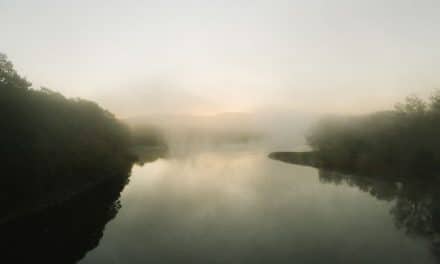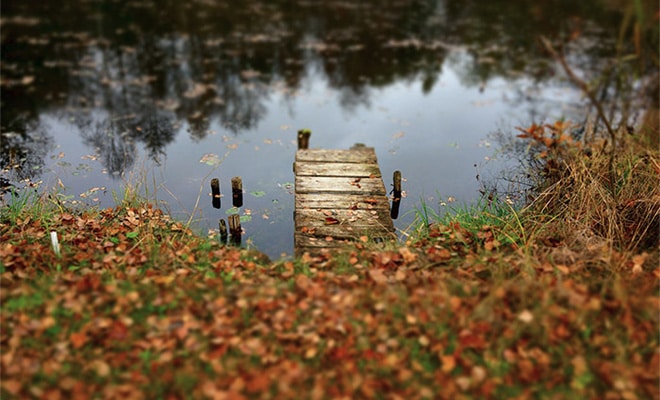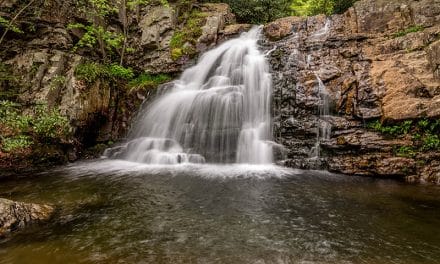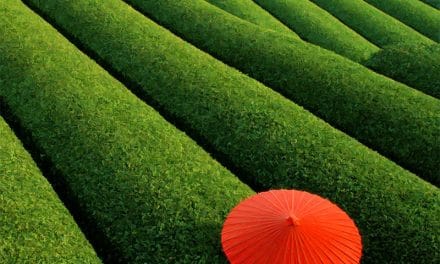Urban landscape photography is somewhat of a mishmash of different genres. It takes influence from traditional landscape photography as well as cityscape photography, architectural photography, and even pulls some of its style from street photography. With influence coming from so many directions, it can sometimes be hard to define just exactly what an urban landscape is–but at it’s core, it’s much like the landscapes we know and love, in that the photos tell the story of what a place is and looks like.
I’m pretty partial to wide open spaces and sweeping landscapes, but I’m not always fortunate enough to find myself surrounded by nature. Luckily, when I find myself stuck inside a concrete jungle, I can still get my landscape on, all while sharpening my skills and developing my eye.
→ Related reading: 10 Tips for Amazing Cityscape Photography
Plan Your Shots Just Like You Normally Would
If you’re feeling a little out of your element while you’re out there walking the streets with your camera, don’t despair. Just because there are buildings and people and cars and all the novelties that go into a city doesn’t mean what you’re actually doing is any different than taking a photo of a mountainscape or seascape–at the end of the day you’re still looking for the most interesting and visually descriptive way to photograph the environment around you.
Many of the little tips, tricks, and rules you normally follow still apply. For example, dramatic skies still make for dramatic compositions, polarizing filters are great for photographing windows (not just bodies of water!), and the city often looks best during golden hours, too.
All that being said, it never hurts to scout for locations during different parts of the day. In fact, it’s highly encouraged. When you find something you think makes a great urban landscape, go back and visit it several times throughout the day to find the best time to shoot it.
Finding The Shot
Observations. That’s really what it all boils down to. The city is your subject, and it’s your job to capture and show viewers its essence. The most effective way to do that is to study it, and each of those little observations you may make in doing so could be perfect candidates for an urban landscape. And, to that end, urban landscapes are often comprised of a body of work or series of photos that each contribute to the bigger story of the city, rather than a single image. So if you see something that speaks to you as a representation of the city’s personality, get snapping!
Now, that could be a number of things and can range dramatically from one place to another. Here are some things to keep in mind when you’re looking for inspiration:
- Remember, an urban landscape is loosely defined in comparison to traditional landscape photography–use that as an opportunity to experiment with different compositions and ideas.
- Urban landscapes do not have to be (and often are not) wide shots, don’t be afraid to get in close and try out some tighter shots than you may normally would have tried.
- Look at the architecture, the landscaping design, flows of traffic, property development/construction sites, destruction, decay, the visual effects of gentrification, growth, change, historical districts, monuments, all of the details that make up the bigger picture. Think of it as a character study.
Which brings me to my next point…
Keeping People Out Of The Equation
People are an integral part of any city, but they aren’t necessarily integral to urban landscapes. When you’re working on an urban landscape series, it’s okay for people to be in your photo; however, humans and human ephemera should NOT become the subject, but rather serve as a storytelling tool to your landscape of the city.
The main thing to take into consideration is there can be a very fine line between street photography and urban landscapes. Think of it this way, if you removed all the people from the composition, would you still have an interesting photo that represented the city you are in?
So, remember, you can utilize the human element in your urban landscapes, but people shouldn’t be the star of the show!
Photo license links: CC BY 2.0, CC BY 3.0, CC BY-SA 2.0














